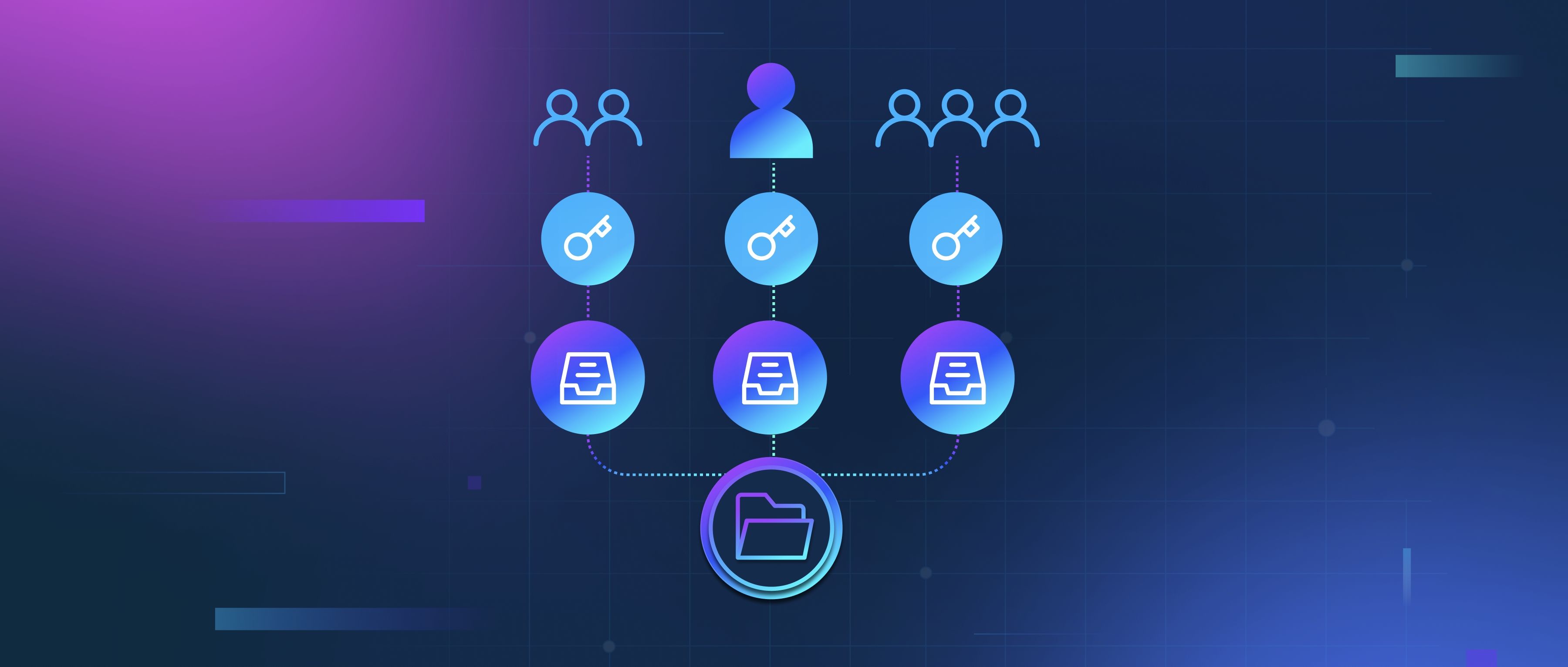Reasoning in large language models (LLMs) primarily relies on patterns identified in vast amounts of text data during their training. When these models process input, they generate responses based on learned associations between words, phrases, and concepts rather than actual logical reasoning as humans understand it. LLMs utilize a structure called a transformer, allowing them to analyze relationships in the data and predict the most likely continuation of a given text. This prediction-based approach creates the illusion of reasoning because the outputs often make sense contextually, even if the underlying process does not truly involve reasoning in the human sense.
For instance, when a user poses a question like, “What are the benefits of using a microservices architecture?” the LLM doesn't apply structured reasoning to arrive at the answer. Instead, it sifts through its training data and identifies common answers based on the frequency and context of how microservices have been discussed. The model recognizes phrases like "scalability," "independent deployment," and "fault isolation," and combines these terms to generate a coherent response. This mimicry of reasoning can yield satisfactory results in many cases, but it is important for developers to remember that the model lacks genuine understanding or reasoning capabilities.
Additionally, LLMs can perform tasks that appear to involve reasoning by leveraging techniques like chain of thought prompting, where developers explicitly instruct the model to articulate its thought process step by step. By doing this, users can guide the model into producing more structured outputs that resemble logical reasoning. For example, asking it to explain the reasoning behind a specific programming concept can lead to stepwise explanations that help clarify complex ideas. However, while these approaches can enhance the quality of responses, they still rely on the patterns in the training data rather than on true cognitive reasoning, making it essential for developers to evaluate outputs critically and apply their expertise to interpret the results accurately.
